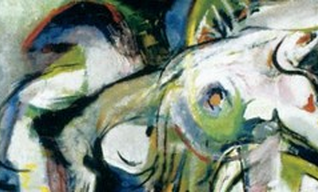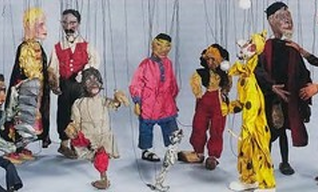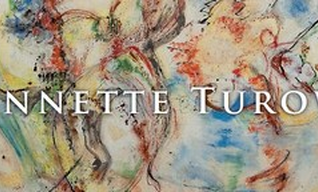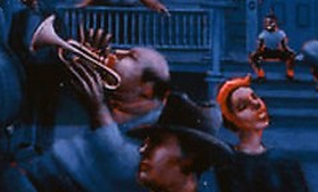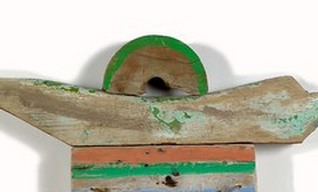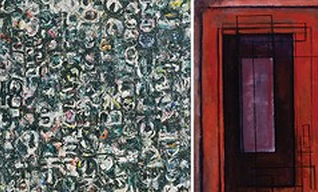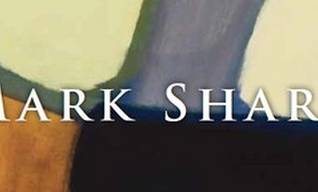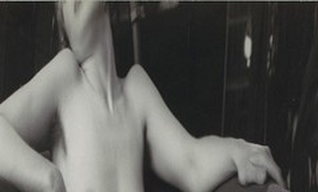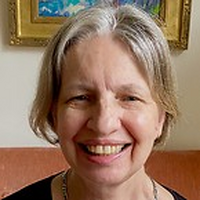
Mona Molarsky
-
Noch keine BeiträgeHier wird noch geschrieben ... bitte schaue bald nochmal vorbei

Mona Molarsky
Auftraggeber
Art News , Los Angeles Times , San Francisco Chronicle , The Manhattan Review , The Nation , Walter Wickiser Gallery
Weitere Profile
Follow me on Examiner , See my LinkedIn profile , View my Pinterest page , Visit my website: The College Strategist
Fehler!
Leider konnte der Artikel nicht gefunden werden.
We can't find the internet
Attempting to reconnect
Something went wrong!
Hang in there while we get back on track

